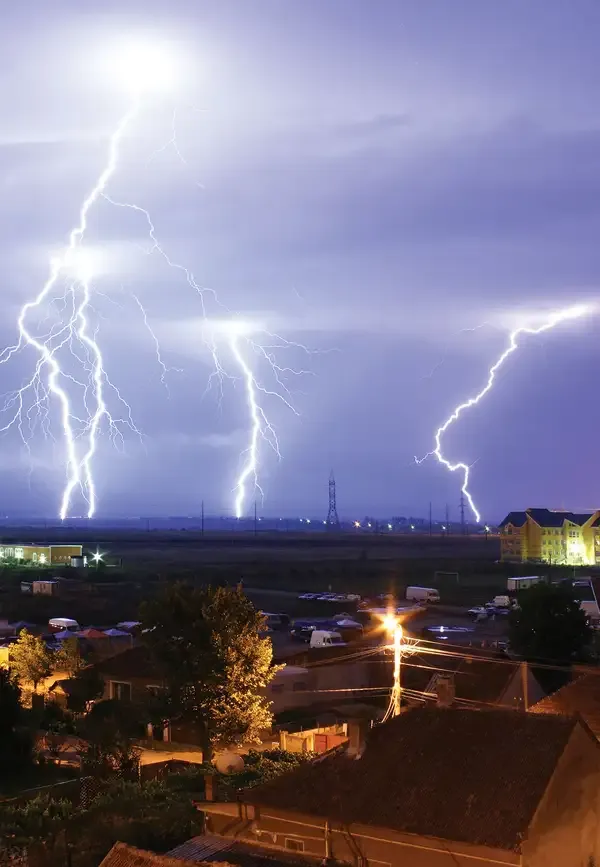- Home >
- Science
- > Exploration
The origin and evolution of love
The origin and evolution of love is a complex interplay of biological, psychological, and cultural factors. Initially rooted in the survival instincts of early humans, love facilitated pair bonding and cooperative child-rearing. Over time, it evolved to encompass romantic and emotional connections, influenced by societal norms and individual experiences. Philosophers and scientists have explored its depths, linking it to neurological processes and cultural narratives. Today, love continues to be a dynamic force, shaping human relationships and personal identities.

Love is a complex emotion that has captivated the hearts and minds of humans for millennia. Its origins can be traced back to ancient times, where it was often intertwined with survival, societal structures, and even spirituality. Understanding the evolution of love requires delving into history, psychology, and cultural shifts. This article explores the journey of love through different eras, highlighting its changing definitions and expressions.
The Ancient Roots of Love
In ancient civilizations, love was primarily viewed through the lens of utility and duty. The concept of romantic love as we know it today was largely absent. In societies such as Mesopotamia, Egypt, and Greece, marriages were often arranged, focusing on alliances and family connections rather than individual feelings. For instance:
| Society | View of Love | Marriage Structure |
|---|---|---|
| Mesopotamia | Pragmatic | Arranged |
| Egypt | Spiritual | Family-Oriented |
| Greece | Philosophical | Based on Honor |
In ancient Greece, philosophers like Plato began to dissect the nature of love, distinguishing between different types, such as eros (romantic love) and agape (unconditional love). This philosophical inquiry laid the groundwork for future explorations of love in literature and art.
The Medieval Influence
The Middle Ages marked a significant shift in the perception of love. The rise of courtly love, a concept popularized by medieval poets, introduced a more romanticized view. Love became associated with chivalry, and it was often expressed through elaborate rituals and poetic verses. The ideals of courtly love emphasized virtues such as:
- Honor
- Courage
- Devotion
During this period, literature such as “The Arthurian Legends” showcased love as a noble pursuit, often fraught with trials and tribulations. This romantic ideal continued to influence how love was depicted in art and literature for centuries.
The Renaissance and Romanticism
The Renaissance brought about a renewed interest in human emotion and individual experience. Love began to be celebrated not only as a social contract but as a profound personal journey. Poets like Shakespeare and writers such as Dante explored the depths of human emotion, portraying love in various forms, from passionate and tumultuous to serene and enduring.
Romanticism, which followed the Renaissance, further emphasized the importance of personal feelings and the beauty of nature. Love was seen as a force that transcends the mundane, often linked to ideals of freedom and self-expression. This era introduced the notion of “soulmates” and the belief that love could be a transformative experience.
The Modern Era
The 20th century brought significant changes to the understanding of love, influenced by psychological theories and cultural shifts. Sigmund Freud's work on love and sexuality highlighted the complexities of human relationships, leading to a more nuanced understanding of emotional bonds. In addition, the rise of feminism challenged traditional notions of love and partnership, advocating for equality and mutual respect within relationships.
| Era | Key Concepts | Influential Figures |
|---|---|---|
| 20th Century | Psychology, Feminism | Sigmund Freud, Betty Friedan |
| Postmodern Era | Diverse Relationships | Judith Butler, bell hooks |
In the postmodern era, the definition of love has become even more fluid, embracing diverse relationships that challenge traditional boundaries. Love is now understood in various contexts, including platonic, familial, and romantic relationships, reflecting the complexity of human connections.
Contemporary Perspectives on Love
In today's world, love is often celebrated in popular culture, social media, and through various forms of artistic expression. Concepts like “self-love” and “love languages” have gained prominence, encouraging individuals to explore their emotional needs and understand their relationships better. The evolution of technology has also transformed how we connect, enabling long-distance relationships and online dating.
As we look at love in contemporary society, it's clear that it remains a multifaceted emotion that continues to evolve, influenced by cultural, social, and technological changes. The journey of love is ongoing, revealing deeper insights into human nature and our collective experiences.
Conclusion
The origin and evolution of love highlight its significance in human existence. From ancient times to the present day, love has been a driving force that shapes our relationships, societies, and cultures. Understanding this evolution not only enriches our knowledge of human emotions but also empowers us to navigate love in its many forms. As we move forward, the exploration of love will undoubtedly continue, reflecting the ever-changing landscape of human experience.












